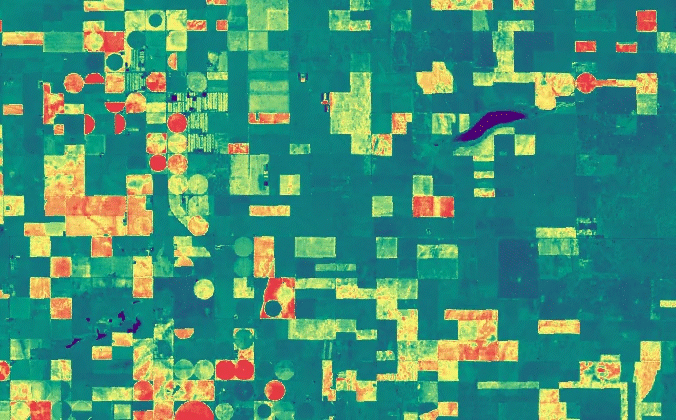
Essential Agriculture Variables
Why This Matters
Think of Essential Agriculture Variables (EAVs) as the key building blocks that tell us about what is happening now in agriculture and what we can expect in the near future. We built EAVs as the science foundation of NASA Acres because:
By improving the methods to measure EAVs, we can understand what is happening in agriculture,
With better methods, we can combine these EAVs to increase our knowledge about the interplay between between these variables, and,
With increased knowledge about what is happening where and why, we can build these insights into tools that empower decisions in near-real-time.
Plus, the EAVs offer a conversational platform for innovation. The EAV framework is a valuable tool for describing what is possible to ask and answer using satellites when conversing with farmers, ranchers, researchers, policymakers, and others interested in agriculture.
Learn about our EAVs below. Soon, you will be able to interact with our available EAVs in our NASA Acres Data Portal. Get informed by subscribing to our newsletter!
Essential Agriculture Variables
Within-Season Yield Forecasting
Historical Yield Estimation
Cropland and Crop Type Mapping
Crop and Crop Type Area Estimation
Crop Planting and Harvest Dates
Field Boundaries and Sizes
Cover Crop Utilization and Performance
Crop Residue and Tillage Mapping
Canopy Nitrogen Content
Rangeland Productivity
Rangeland Forage Quality
Evapotranspiration
Soil Moisture
Soil Organic Carbon and Other Metrics of Soil Health
Pest & Disease Early Detection and Warning

